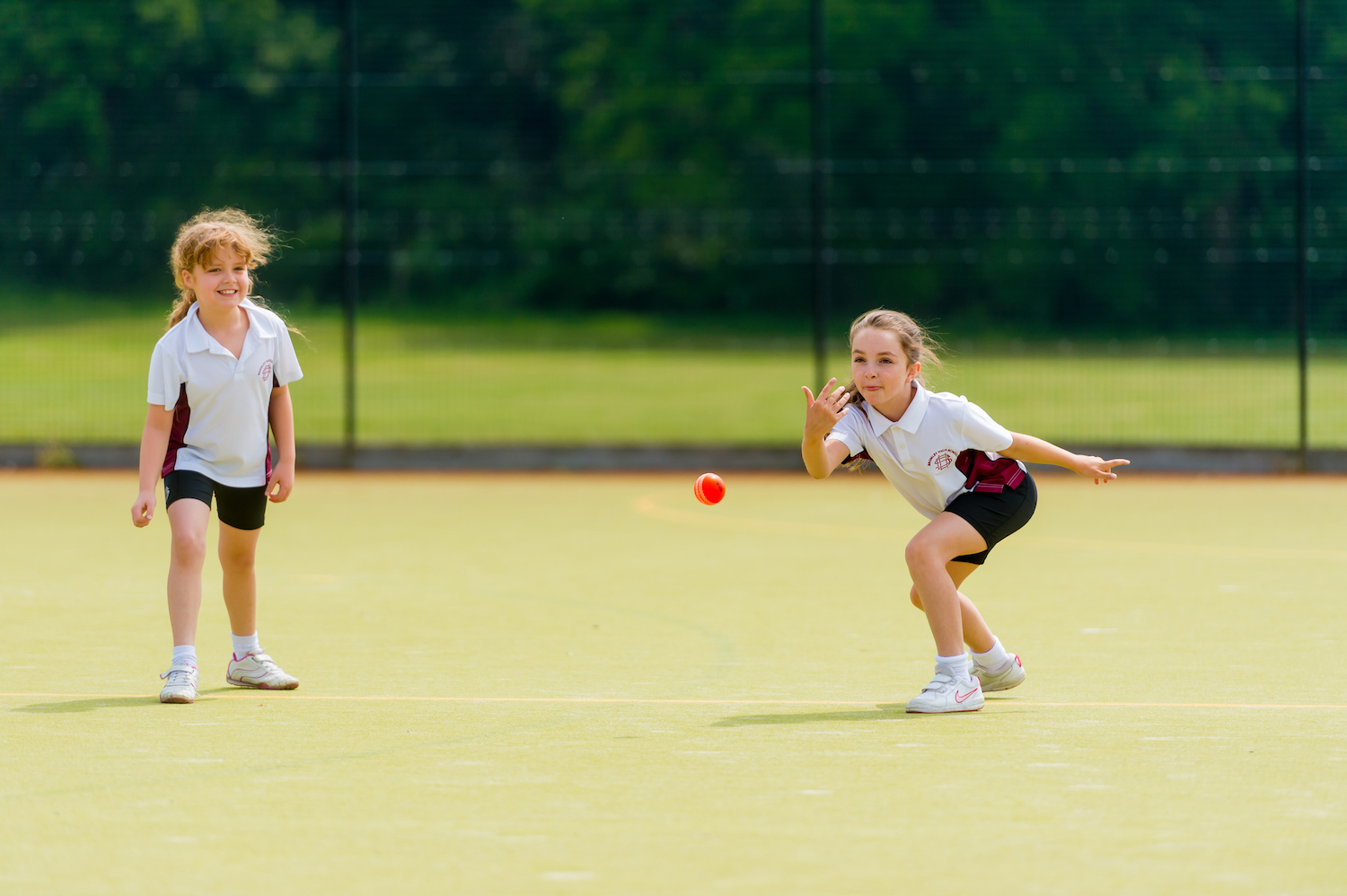Giving our children a sporting chance
Posted on 17th Mar 2017 in Prep Schools Guide, Curriculum, Independent Education, Sport
Angela Drew, Headmistress of Bromley High School, discusses how healthy exercise and competition are central to a child’s experience of independent school life...
School sport is the perfect channel for the boundless energy of junior school pupils but sport is also expensive. To employ expert coaches and maintain excellent facilities takes the kind of sustained financial commitment that is only given where schools consider sport to be a true priority. As a head of an independent girls’ school, I often find in 11+ Entrance interviews that talented girls from our local state primary schools express an enthusiasm for sport and a real eagerness to try out our extensive sporting facilities yet may have never played in a competitive fixture against another school. The 2016 Olympics has been the cue for much soul searching about the legacy of Great Britain’s own games only four years ago. Much was made in 2012 of the over-representation of independently-educated sportsmen and women in Team GB’s home Olympics, with a third of medal winners coming from fee-paying schools where many benefitted from the bursaries and scholarships that enabled them to access that education. From 2012 to 2016, the proportion of Team GB who had been privately educated had risen from 20% to 28%.
For many parents, the only way of giving their children a sporting chance – the chance for sporting activity to be a natural part of daily school life – is to select an independent prep or junior school. In reality, much of the under representation of current and former state school pupils in sport from District and County level upwards is related to facilities and funding. Despite continued protestations that money is being invested in sport in schools (some £320 million promised for this year through the primary PE and sport premium) vital school playing fields continue to be lost to development with 95 school fields sold off in the three and a half years that followed the end of the 2012 Games – at a rate of two playing fields a month. There has also been a dramatic drop in the number of grass roots sports coaches capable of teaching school sport with a drop of 65% in Level One coaches between 2011 and 2015 and a drop of 23% in more advanced Level 2 coaches.
Crucially, the primary commitment of independent schools to sport is to participation and enjoyment. Schools are not fundamentally driven by a desire to create a small number of elite athletes but by a commitment to providing opportunities for all their pupils to participate in sport as a foundation for a healthy lifestyle and, yes, to the development of that very traditional public school word ‘character’ and its more modern equivalent ‘resilience’. Sir Peter Lampl, Chair of the Sutton Trust, which works to improve educational opportunity for all young people, recognises that ‘Too often we allow pupils to adopt a negative mentality that limits their development...independent schools enable their pupils to develop the essential life skills that give them a competitive edge, not just in sport but in professional life – to become better communicators, to develop social skills, confidence, high aspirations and more resilience.’ Teamwork is the ultimate ‘transferrable skill’; friendships formed on the games field make youngsters happier and healthier in the short and long term and they make young people more likely to thrive in a work environment where collaboration and networking are increasingly valuable.
Given this capacity of sport to encourage achievement and aspiration in all aspects of a young person’s life, I am particularly heartened as Headmistress of a girls’ school, to see the prominence given to women’s sporting achievement in the Olympics, not least to the utterly exhilarating victory of Great Britain’s Women’s Hockey Team. Building on the work of campaigns such as ‘This Girl Can’ and ‘Like a Girl’, we are now seeing more coverage of women’s sport in the media and more female faces presenting sports programmes on television. British Olympic swimmer, Siobhan O’Connor, talks convincingly about the impact that the equal media coverage of men’s and women’s swimming has on the numbers of young women taking up the sport and her hopes for the positive impact that such equal coverage might have on women’s team sport. ‘I would love for girls to believe in themselves and have the confidence to do what they would like to do without feeling like they shouldn’t, whether that’s sport, the arts or any other passion.’ But for girls’ interest in sport to thrive, they need time in the curriculum and space in the playground to be dedicated to nurturing their sporting talents.’
Parents and teachers recognise the transformative effect of a child finding a passion early in life whether that is academic, sporting or artistic. Independent prep and junior schools’ commitment to sport is emblematic of their dedication to educating the whole child, to providing breadth of opportunity for each child to explore their interests and to develop their talents. The omission of artistic and practical subjects from the EBACC (the basket of GCSE subjects by which the government will measure the success of state secondary schools) gives genuine cause for concern that the importance of sport, music, drama and the arts risks becoming undervalued in the school curriculum but the best schools will continue to commit to leaving their pupils with a lasting educational legacy. Prep school sport is so precious because it is so much more about instilling healthy social behaviours than it is about winning. Jesse Owens, the great Olympian, pointed to the enduring value of sport: ‘Awards become corroded, friends gather no dust.’
For more information about Bromley High School GDST, see the school's page on School Search, the online guide to UK independent schools.